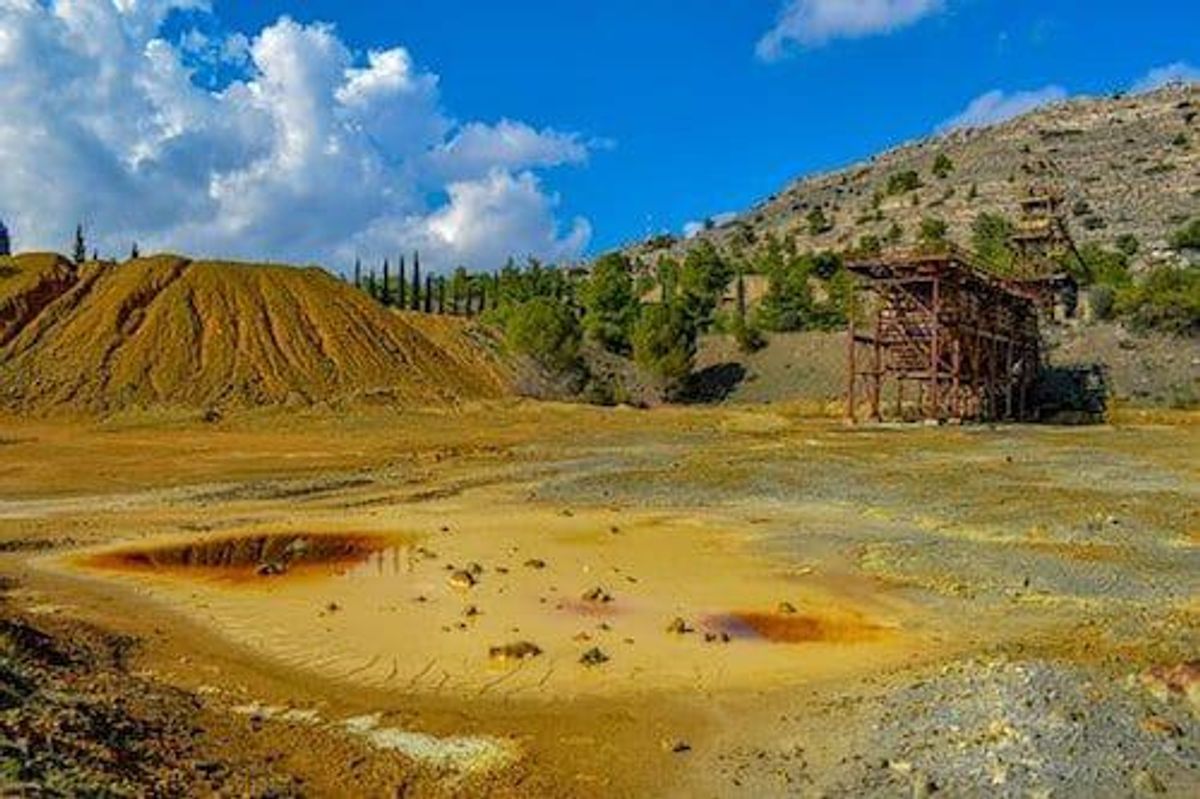Monarques Gold Publishes Feasibility Study for Wasamac

The report shows Wasamac “has the makings of a great gold mine” and will produce an average of 142,000 ounces of gold a year.
A feasibility study (FS) for Monarques Gold’s (TSX:MQR) Wasamac gold project reveals that the asset will produce an average of 142,000 ounces a year over an 11-year mine life.
In a press release issued on Monday (December 3), the Quebec-focused miner notes that the operation will run on a production cost of C$720 per ounce and has an all-in sustaining cost of C$826 per ounce.
“As evidenced by these results, the Wasamac gold project has the makings of a great gold mine,” said Jean-Marc Lacoste, president and CEO.
“The feasibility study is based on a top-down mining approach and the use of the Rail-Veyor® system through a twin-ramp access and haulage facility, which eliminates the hefty initial capital expenditures associated with building a shaft, increases flexibility in mine planning, shortens the timeline to production and allows us to significantly decrease the overall cost of the project,” he added.
At a gold price of US$1,300 per ounce, Wasamac has an after-tax net present value of C$311 million, an internal rate of return of 18.5 percent and a 3.9-year payback period.
Initial CAPEX is estimated at approximately C$464 million, which includes around C$230 million for a mill and tailings facility. The FS also allows for a potential custom milling option.
Commenting on this option, Lacoste said, “[e]liminating the cost of building a mill and a tailings facility would reduce the initial CAPEX by about US$230 million, which could potentially increase the project’s internal rate of return and decrease the payback period.”
Monarques hopes to start construction of a processing plant in Q4 2020, with the goal of reaching full production capacity by the fourth quarter of 2022.
On average, Wasamac has the potential to provide approximately 250 construction personnel jobs, peaking at 420 in the third quarter of 2021. Over mine life, an average of 300 people will be required.
Last Thursday (November 29), Monarques released its latest quarterly results, announcing revenues of C$7.8 million from the sale of 3,272 ounces of gold combined with revenue from custom milling.
The company reported a net loss of $1.9 million compared to $0.5 million the previous quarter, but said it has a “strong financial position” of $10.7 million in cash.
As of 12:47 p.m. EST on Monday, Monarques was up 3.77 percent, trading at C$0.27.
Don’t forget to follow us @INN_Resource for real-time news updates!
Securities Disclosure: I, Nicole Rashotte, hold no direct investment interest in any company mentioned in this article.




